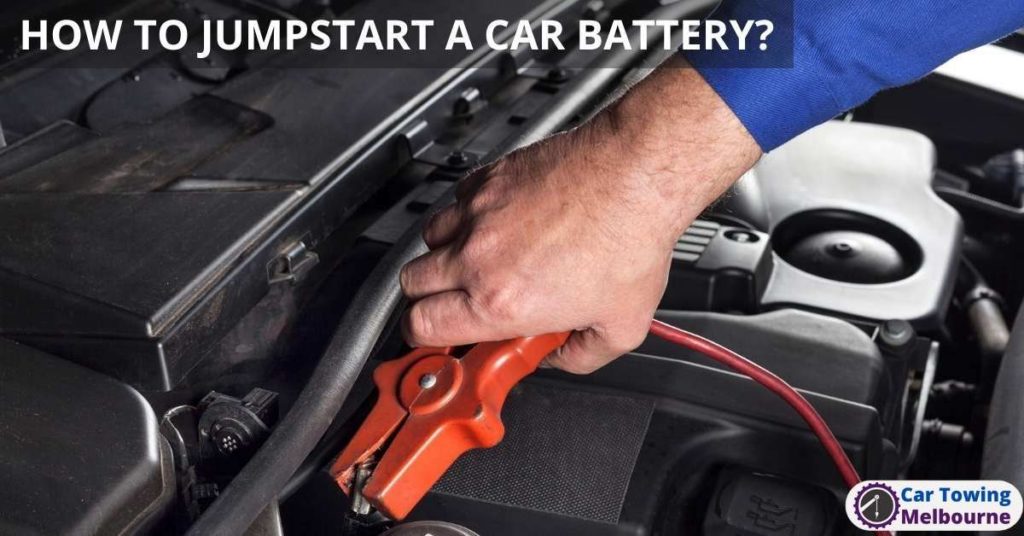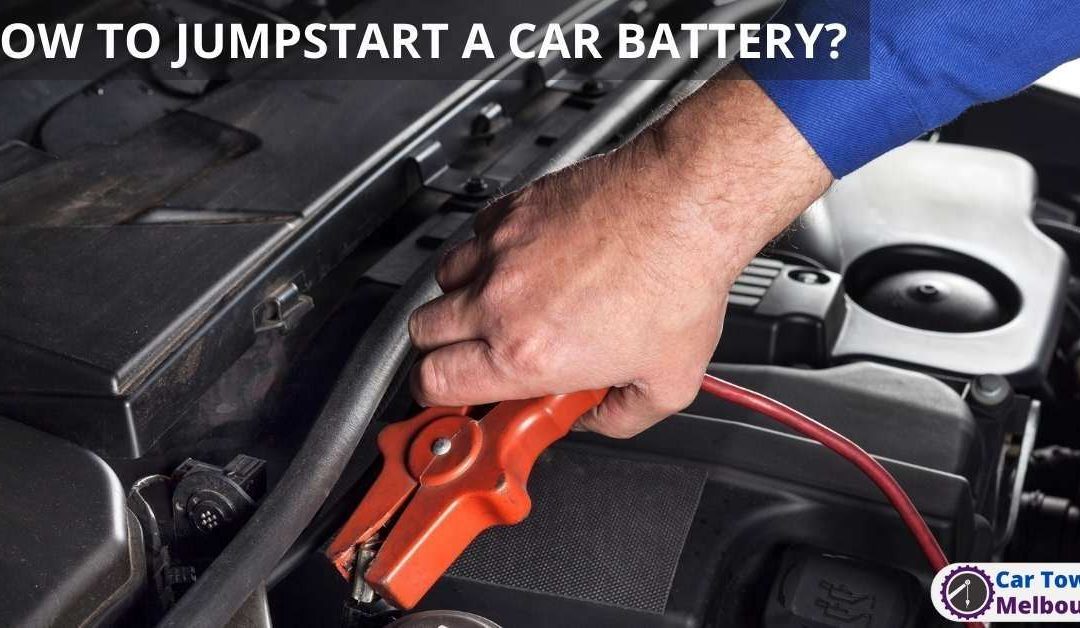One of the most useful things you can do to make sure that your vehicle will always be working at its optimal performance level is to learn how to jumpstart a car battery. This particular method is used to recharge a dead battery. To understand why it is such a good idea to learn how to jumpstart a car battery, we will have to look at the different types of batteries and how they work.
MATERIALS NEEDED TO JUMPSTART A CAR
- Car Battery
- Jumper Cables
KNOW ABOUT THE SCIENCE OF BATTERIES
A car battery consists of a series of chemicals that store energy as they discharge it to be used next time. As you drive around, these chemicals are being broken down into their various chemical states, or compounds. For these chemicals to become usable again, they must be recharged. Although all cars do contain some form of battery, the amount of charge in each battery is not the same throughout. This is because, over some time, the battery is charged and then discharged. It is this rapid change that causes the stored energy to be broken down into its various components which, in turn, have a specific effect on the performance of the car battery. For example, during the initial discharge, the electrons within the battery are excited and release a small amount of energy that makes the chemical reactions possible. The energy that is released can then is carried to a circuit board where it can be used to charge the battery’s cells. When the battery reaches the point where it is ready to be recharged, it is necessary to reverse these chemical reactions.
UNDERSTANDING TYPES OF CAR BATTERIES
There are two main types of car batteries. These are known as open-cell and closed-cell systems.
Open Cell Batteries
What is an Open Cell System Battery and how does it work? The first step to understand this is to explain what an OCS battery is. In simple terms, the battery consists of one or more cells that are held together by a thin metallic layer called the ‘gasket’ which acts as a barrier between the cells.
These types of batteries produce very high energy output when they are operating at full capacity, but due to the design of the energy output is not very consistent. The energy output is dependent on the amount of current that is supplied to the battery. If the current supplied to the battery is less than its maximum capacity, then less energy is produced. This can be seen as the battery loses its charge. The key is to ensure that enough current is supplied to the battery at any given time; this is achieved by fitting the battery with a circuit board which allows it to receive current.
An open-cell system uses less space and does not require the use of a protective casing. Also, it is easier to put an open-cell system into your car than a closed cell system. As a result, it is not only cheaper to use, but also more convenient than the latter. This type of battery is also more reliable than a closed-cell battery.
CLOSE CELL BATTERY
- A close cell system has several unique advantages over a conventional car battery. The most obvious is that the close cell system uses the same design and process as the conventional car battery. That is, it utilizes a single plate of cells and can be placed in a standard automobile. It does, however, have a few distinct differences from a standard car battery.
- First of all, the close cell system utilizes a large and heavy electrolyte to store energy rather than using liquid electrolytes like the majority of the automotive industry. The electrolyte acts to reduce the rate of leakage of energy when the car is parked. This is why you will find close cell system batteries in many new automobiles.
- Another benefit of this type of battery is the fact that they are lightweight and can fit into a closet space. They also use less energy than conventional auto batteries because they utilize a large surface area of cells.
- Another advantage of using the closets is that they require much less maintenance than do standard car batteries. Even the cells themselves can be charged and recharged without having to worry about replacing the entire pack.
The most important thing to remember is that you have several options for choosing your close cell system. You may even be able to purchase the system on a no-obligation basis
What are the Jumper cables?
Jumper cables can either be metallic, plastic, or rubber. In this article, we will focus on the uses of plastic jumper cables. These cables can be classified into three categories, namely, high-end, medium-end, and low-end. Here, we will discuss the benefits of using jumper cables in these categories.
One advantage of medium-end jumper cables is that they are very flexible. You can easily install them in any location that you want. The cable itself is also flexible, which means that it does not need to be straightened, compressed, or crimped. These cables are widely used in industrial settings, especially for connecting electrical components. These cables can transmit electrical signals from one location to another. When you are talking about industrial situations, you should make sure that you look for cables that are made of polymeric materials. The polymeric material is used for these cables because they are less vulnerable to shock and fire.
On the other hand, there are two types of high-end jumper cables that are highly flexible and are suitable for use in high-powered applications. These cables have high-stress resistance, wear and tear and are fire and fireproof. These types of cables are often used in commercial applications as well. These cables are also known as heavy-duty and are usually used to transfer data between computers and other electronic devices. There are various manufacturers in the market that provide these types of cables. Most of these manufacturers have been around for more than a decade and have built a reputation for providing quality cables at affordable prices. For these reasons, consumers should try to purchase them from reputable companies so that you can get the most out of your money.
Lastly, we would like to tell you about the benefits of jumper cables in terms of safety. We believe that they will not only help us in your daily lives but will also help to make the best use of the power they offer.

Steps to jump-start a car
- Insert two red clippers of the jumper cable to the positive terminal of the battery.
- Insert the black clipper to the negative terminal of the battery.
Call Car Towing Melbourne for any towing or roadside assistance needs in Melbourne, Victoria.
Now Car Towing Melbourne is available in Footscray Victoria 3011, Australia.
Contact Us
Car Towing Melbourne
(03) 7037 7625

